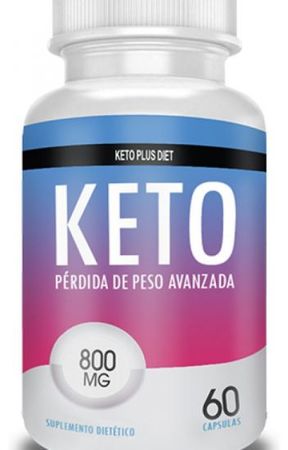-
 Retrouver dansMembres
Retrouver dansMembres Retrouver dansVidéos
Retrouver dansVidéos Retrouver dansChaînes
Retrouver dansChaînes
This website uses cookies to ensure you get the best experience on our website.
To learn more about our privacy policy Cliquez iciPréférence de confidentialité
Information
kiko Garcia
(Propriétaire)
(Propriétaire)
- Dernière mise à jour 16 juil.
- 0 commentaire , 4 vues, 1 comme , 0 suiveur , 1 membre
You May Also Like
-


-

 29 septembre 2023 - posté par Tawk Girls0 commentaire , 0 critique , 11 vues, 1 comme
29 septembre 2023 - posté par Tawk Girls0 commentaire , 0 critique , 11 vues, 1 comme -


-

 4 nov. - posté par escorts babylon0 commentaire , 0 critique , 1 view , 1 comme
4 nov. - posté par escorts babylon0 commentaire , 0 critique , 1 view , 1 comme -

 22 juil. - posté par Nia Renee0 commentaire , 0 critique , 3 vues, 1 comme
22 juil. - posté par Nia Renee0 commentaire , 0 critique , 3 vues, 1 comme
Mises à jour
Info
Souhaitez-vous signaler ceci? Pourquoi tu ne l'as pas aimé?
Souhaitez-vous signaler ceci? Pourquoi tu ne l'as pas aimé?
Souhaitez-vous signaler ceci? Pourquoi tu ne l'as pas aimé?
Informations de base
- Posté par: kiko Garcia
- Publié: Jul 17, 2024
- Dernière mise à jour: Jul 17, 2024
- Members: 1
- Vues 4
- Aime: 1
Nanopore sequencing has revolutionized the field of genomics by providing a direct, real-time method for decoding DNA or RNA sequences. A very useful diagnostic of a nanopore run is the state of the pores: whether they are being sequenced ("single pore"), saturated, unavailable, or...plusOverview
Nanopore sequencing has revolutionized the field of genomics by providing a direct, real-time method for decoding DNA or RNA sequences. A very useful diagnostic of a nanopore run is the state of the pores: whether they are being sequenced ("single pore"), saturated, unavailable, or multiple. Saturated pores pile up and these pores are "clogged" and cannot be sequenced.
Consequences of Saturated Pores
During a sequencing run, an increase in inactive channels on the working time graph is usually indicative of nanopore saturation. These saturated pores can signal escalating membrane stress. For example, as more and more molecules are present in the pore, the influx of data can lead to an overload effect known as saturation. This situation can directly affect the efficiency of the sequencing process.
Several factors can trigger membrane stresses that lead to pore saturation:
Changes in salt concentration or pH and the presence of surfactants can affect the fluid dynamics within the nanopore and may lead to pore saturation.
In addition, contaminants, especially those that cause osmotic imbalances, may be important contributors to pore saturation. They can disrupt the molecular dynamics within the pore, leading to molecular spillage or impeded molecular translocation, ultimately leading to pore saturation.
Strategies to Mitigate Saturated Pores
Addressing pore saturation requires a multifaceted approach. An alternative extraction method that minimizes contaminant residues can be used. In addition, stringent quality control (QC) of the input DNA/RNA according to guidelines can ensure that potential contaminants are minimized, thereby reducing the chance of pore saturation.
It is also critical to monitor pore status throughout the sequencing process. Visualization tools such as multiplexer scan plots can reveal the onset and progression of pore saturation. These metrics can guide necessary adjustments to experimental protocols and ensure the robustness of the sequencing process. Moins
0 commentaire
-
kiko Garcia aime ça
Carte
Souhaitez-vous signaler ceci? Pourquoi tu ne l'as pas aimé?
Souhaitez-vous signaler ceci? Pourquoi tu ne l'as pas aimé?
Souhaitez-vous signaler ceci? Pourquoi tu ne l'as pas aimé?
-
Locations on MyWorldGo
Information de Lieu
- Emplacement: USA - Obtenir des directions
- Adresse formatée: United States
- Pays: United States









